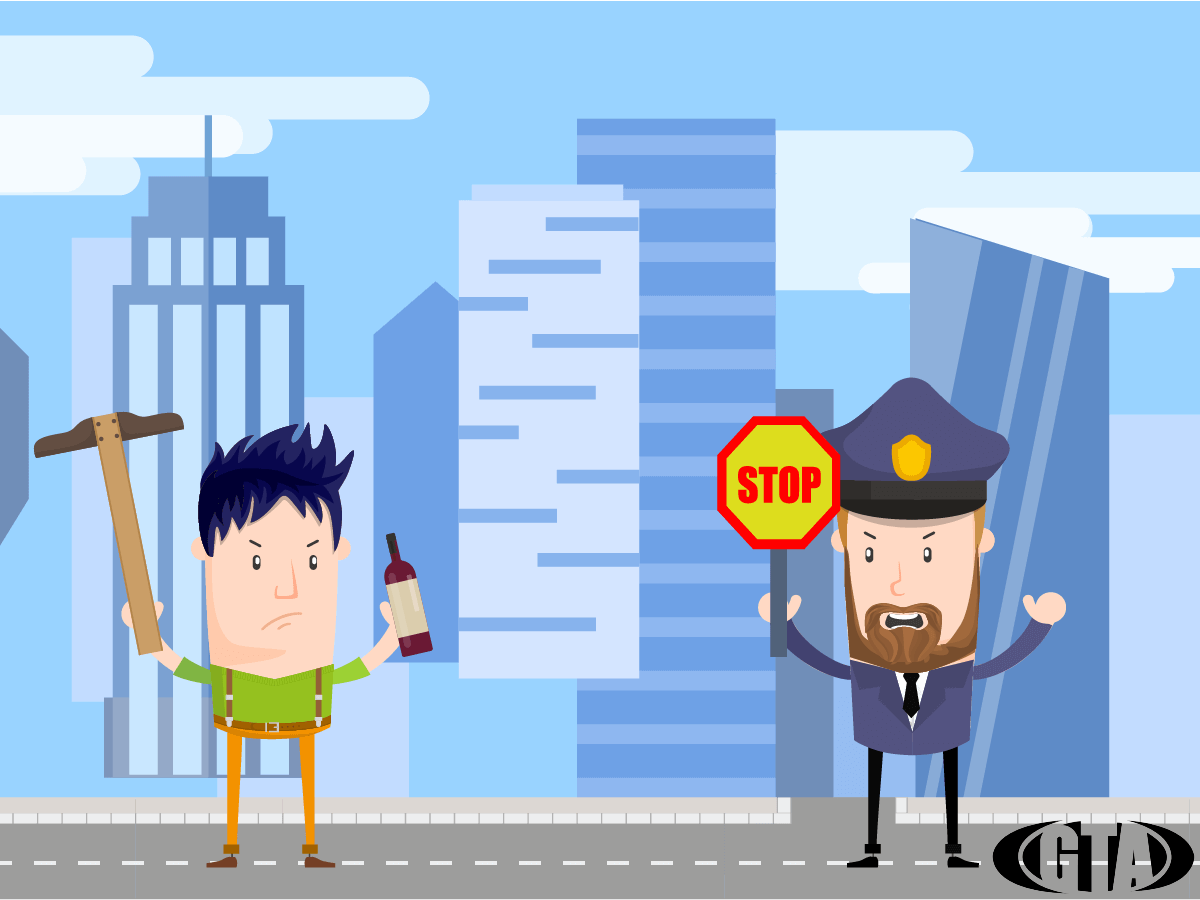Connection between alcohol and violence
Alcohol plays a large role in criminal actions and aggression. Extreme drinking has the capacity to lower self-consciousness, damage a person’s judging abilities, and enhance the risk of violent behaviours. Because of this, alcohol-related violence and alcohol-related crimes have increased all throughout the country.
Over the years, researchers have observed a significant association between alcohol, drugs, and crime. Statistics advocate that engaging in continuous drinking or binge drinking considerably increases your risk of committing a brutal felony. Not only are you making your life extremely vulnerable, but you are also putting others in jeopardy. Illegal activities come with strict consequences such as jail, legal penalties, and other court-ordered fines.
Avoiding alcohol-related violence requires an understanding of the characteristics of violent incidents to effective target involvement. The upcoming evidence from both Australia and studies abroad has explored the relationship between alcohol and violence and identified a range of areas that can be targeted. Factors that have been recognized as vital predictors of alcohol-related violence include a combination of individual and circumstantial factors.

What is such a strong connection between alcohol and violence that it has created a buzz in Australia? Excessive drinking and intoxication for sure are coupled with bodily aggression, but the fact is that most drinkers do not become criminals of violence, so the link is not uncomplicated or clear-cut. The studies suggest that it is essentially an outcome of a complex interaction of the following variables:
- pharmacological effects of alcohol on the affective, behavioural, or cognitive functioning of the drinker
- individual characteristics of the drinker – age, gender, personality character, the tendency of aggression, etc
- effects of the drinking environment – a variety of factors such as overcrowding in a place, role, and behaviour of venue staff, etc
- societal attitudes and values, including a culture of drinking to deliberately get high on spirits.
Keeping the above factors under consideration, Governments have implemented a variety of legislative modifications, regulations, and programs that aim to deal with risky drinking practices by controlling access to alcohol and/or preventing unpleasant behaviour. The aim of the amendment is as follows:
- To attain cultural change around drinking behaviour which includes more responsible drinking practices
- A safer night-time environment, in particular in entertainment grounds
- A rigid structure that balances the interests of the liquor industry with a drop in alcohol-fuelled violence.
- Considering all the points and aims to achieve the desired decrease in alcohol-related violence, the following steps can be taken so that there can be a considerable low in the average of such obnoxious acts.
- A mandatory, 3.30 am closure
- Lockout at 1:30 am.
- From 10 pm – no sale of shots, no sale of cocktails with more than 30mls of alcohol, no RTDs stronger than 5% alcohol by volume permitted to be sold, and no more than 4 drinks to be sold to any patron at one time.
- Excluding alcohol use in the cocktails for intoxicated patrons.
- Increase in alcohol prices
- Alcohol availability is to be regulated. Sale of alcohol only at the permitted, licensed venues.
- Making necessary arrangements like engaging strong security personnel, and capable bar staff who can tackle any such problems as a team with the management.
With the above points, it is also important to understand the patrons that it is their civic responsibility to maintain decorum which is socially acceptable, and not go overboard by creating a distasteful situation that may leave behind a very ill reputation for oneself and the premises where the act took place.
Alcohol-related might extend to something unexpected like a robbery, murder, sexual assault, or self-harm acts. This is where the prevention of intoxication can come in handy.
